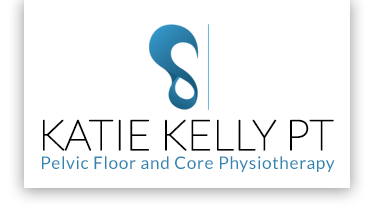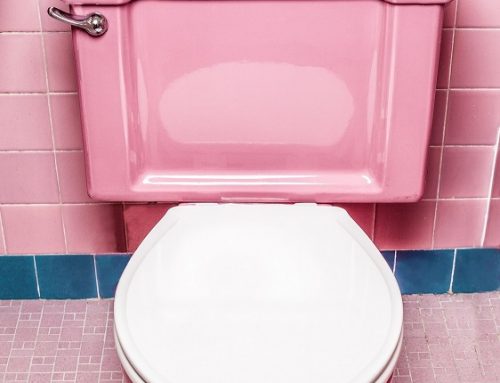A lot happens to the body during pregnancy (UNDERSTATEMENT). Weight gain, tissue relaxation, posture changes, muscles tightening, muscles over-stretching and a growing uterus are all common. Then there is the delivery. Delivering a baby isn’t usually easy! I don’t care which way that baby comes out, vaginally or by caesarean section, there is healing that needs to happen. And on top of all of this, the responsibility of taking care of a tiny, brand new human.
The focus of physiotherapy treatment after a pregnancy changes slightly. Some women are dealing with injury from a vaginal delivery; others have to cope with a C-section incision that cut through the abdominals. Usually the abdominal muscles are stretched out and weak, while other muscles like the hamstrings are tight. There can be pain in a number of different places, or none at all.
As the uterus returns to a smaller size and muscles return to their normal length, thorax, hip and back movements become easier. The strain on the core muscles reduces as well. This makes strengthening and stretching exercises somewhat easier too. Here are the top things that I address in post-natal recovery. The order varies from woman to woman, but usually 1 or more of these needs to be addressed.
Wake up your core muscles:
The core muscles (transversus abdominis, multifidus, diaphragm and pelvic floor) undergo large changes in position and/or strain due to the expanding uterus. For an explanation of the core muscles see here. Once the baby is delivered, and the uterus starts to lower back into place, some women need help learning how to access these muscles again. For example, after a vaginal delivery, many women have trouble performing a kegel contraction. Those who experience a C-section can have difficulty using their transverses abdominis muscle. Even the diaphragm can struggle to expand fully, since it has been shoved up into the rib cage by a growing baby, and this makes it difficult to take a full belly breath.
Correct your “pregnant-lady posture”:
You spend almost 9 months in what I like to call “pregnant – lady posture”. We all know it. The increasing arch and lean back of the lower spine to accommodate the weight of the growing baby. It tends to incorporate a bum tuck and often times hyper-extended knees. Once the baby comes out, you still tend to hold the little one on your chest, or eventually hiked up on your hip. If you have had subsequent pregnancies without rehabilitating your posture in-between, then who knows how many years you have spent in some version of “pregnant –lady posture”. This posture can be problematic since it is a hard position to allow for proper core muscle activation. When the core can’t activate well, you see things like urinary and fecal incontinence, pelvic organ prolapse, low back pain, sacro-iliac joint pain, and pelvic pain occur.
Correct a diastasis recti:
A diastasis recti is a separation of the rectus abdominis muscles. This is your “six-pack” muscle, or what people classically think of as the abs. There is a strip of muscle that runs down either side of the belly button, from your breastbone to your pubic bone. As the baby grows most women see the space between these two sides of the abs separate. While many women are concerned about this, this usually needs to happen to make room for baby. After delivery, a lot of women will see this largely correct itself over the coming 3-12 months. For some women, the separation remains wide and deep. This can contribute to weak abdominal/core muscles, increased pressure on the pelvic floor, poor pelvic stability, abdominal hernias and painful conditions.
Build up your muscles and return to activity:
Once the fundamentals have been addressed, you can begin to challenge your core muscles and major muscles again. This includes working on strength, endurance, flexibility and muscle coordination. It is important that you progress at a good rate. Often times your major muscles will be strong enough to do something (run, squat, skip, lift) before your core muscles are ready. This can result in things like urinary and fecal incontinence, pelvic organ prolapse and pain conditions to develop. The pressure to get back to your “pre-baby body” or to bounce back quickly can be so strong. However, I believe in rehabilitating all of the supporting muscles and progressively returning to activity and sport.
Pregnancy and delivery include so many changes to your body, your lifestyle, your sleep habits, your mental health, and your social dynamic. Listen to your body and attend to its needs. Don’t rush back to things before you are ready. This happens at a different rate for every woman, but might save you from having to rehabilitate a more bothersome condition in the future.
Katie Kelly
Physiotherapist
BSc., MSc. PT







